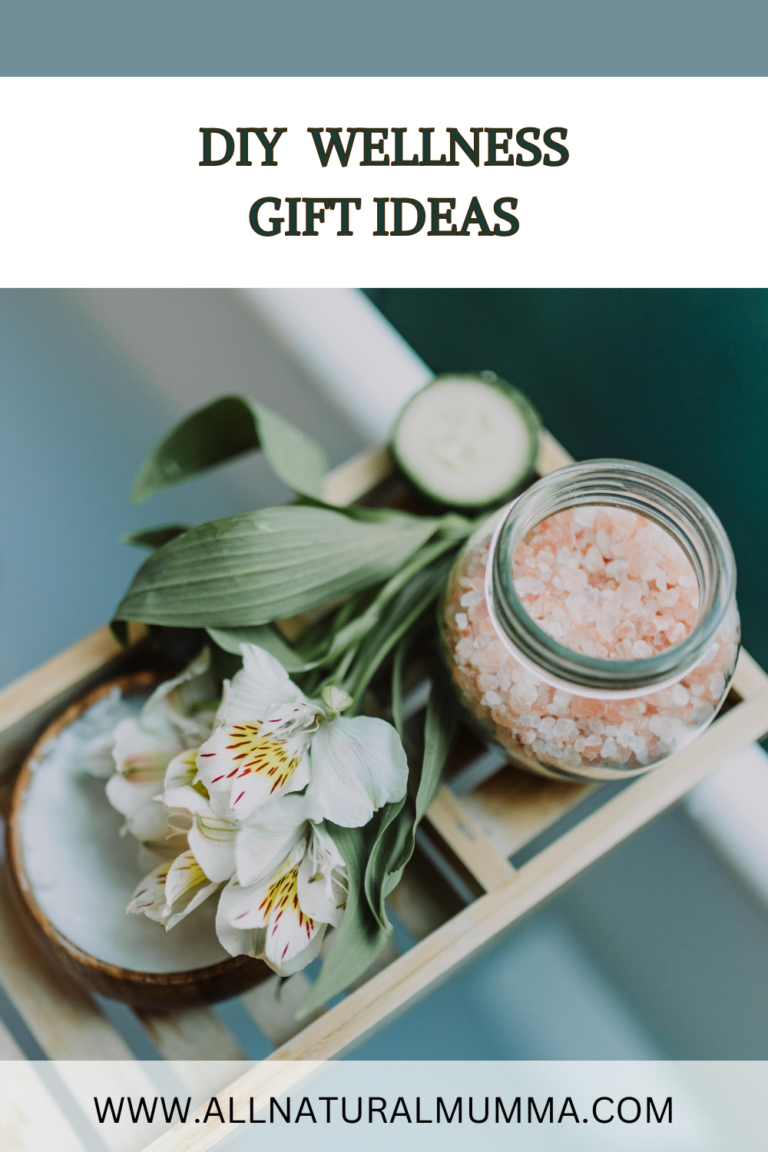Who says holiday food can’t be indulgent and nourishing? This season, treat yourself and your loved ones to festive favourites with a wholesome twist. Whether you’re hosting a Christmas feast or just craving something cozy, these recipes will keep you satisfied without the sugar crash.
GLUTEN FREE CHRISTMAS COOKIES
Forget the flour, but keep the flavour! These cookies are light, buttery, and so festive, no one will guess they’re gluten-free. Think almond flour, a touch of maple syrup, and dreamy vanilla. Bonus: They’re kid-approved and perfect for gifting! You can find the recipe here on powerhungry.com.
HOT CACAO WITH A TWIST
- 2 cups unsweetened almond milk (or your favourite milk alternative)
- 2 tbsp raw cacao powder (rich in antioxidants and magnesium)
- 1-2 tbsp raw honey or maple syrup (adjust to taste)
- 1 tsp vanilla extract
- 1-2 drops of peppermint essential oil (must be safe for internal use like YL)
- A pinch of sea salt
- Optional toppings: whipped coconut cream, a sprinkle of cinnamon, or cacao nibs
Instructions:
- In a small saucepan, heat the almond milk over medium heat until warm but not boiling.
- Whisk in the raw cacao powder, vanilla extract, and sea salt until smooth.
- Stir in the honey or maple syrup, adjusting sweetness to your liking.
HEALTHY CHRISTMAS BLISS BALLS
– 1 cup raw cashews (or almonds)
– 1 cup dried apricots or dates, pitted
– 1/2 cup unsweetened shredded coconut (plus extra for rolling)
– 2 tbsp raw cacao powder
– 1 tbsp chia seeds (for added omega-3s and fiber)
– 1 tsp ground cinnamon
– 1/2 tsp ground nutmeg
– 1/2 tsp vanilla extract
– A pinch of sea salt
– 1-2 tbsp maple syrup or honey (optional, depending on sweetness preference)
– 1-2 tbsp coconut oil (for binding)
Instructions:
1. Place the cashews and dried fruit into a food processor and pulse until they break down into small pieces.
2. Add the shredded coconut, cacao powder, chia seeds, cinnamon, nutmeg, vanilla, and sea salt to the food processor and blend until the mixture starts to come together.
3. Add the maple syrup or honey, and coconut oil, and blend until fully combined. The mixture should be sticky and easy to roll into balls.
4. Roll the mixture into small bite-sized balls, then roll each one in extra shredded coconut to coat.
5. Place the bliss balls on a tray and refrigerate for at least an hour before serving.
These Christmas bliss balls are packed with nutrient-dense ingredients like cashews, dried fruit, and chia seeds, which provide healthy fats, fiber, and natural sweetness. The warming spices of cinnamon and nutmeg create a cozy, festive flavour while supporting digestion. Plus, they’re quick to make and perfect for gifting or serving at holiday gatherings!
Tell me which one you would try first!











